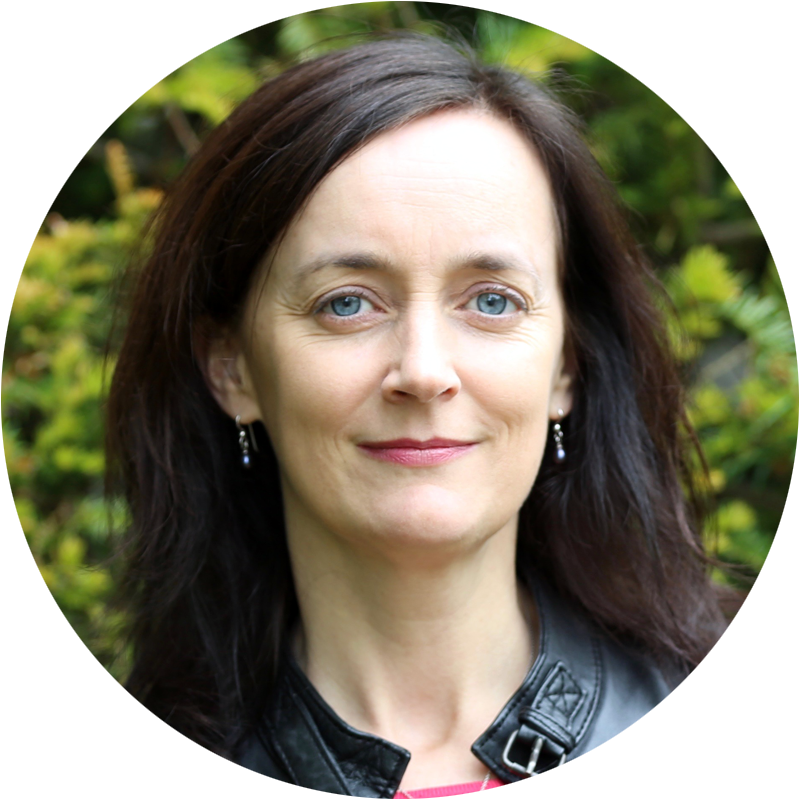“Surgeon of the century” leaves enduring legacy

Maurice Müller's motto was "life is movement" and thanks to his innovative hip replacement, 1.1 million people worldwide regained the freedom to move without pain.
Greatly esteemed for his life’s work in medicine and a renowned patron of the arts, the death of the pioneering Swiss orthopaedic surgeon at the age of 91 has brought tributes from home and abroad.
Müller’s place in medical history is assured by his development of implants for the prosthetic replacement of arthritic hip joints, following in the footsteps of John Charnley of Manchester.
The surgeon’s original “straight stem” hip implant design, created in 1977, has remained essentially unchanged since then, as have the operating instruments he designed to accompany it. He also contributed to major progress in fracture treatment.
But it was not personal success alone that motivated Müller. He founded numerous institutions in his lifetime to foster his field of medicine, notably the Maurice E. Müller Foundation for the advancement of continuing education, knowledge, and treatment in orthopaedic surgery.
Generosity
Müller was described by his friend and associate Rolf Soiron as a man who followed his dreams throughout his life. He was also well known for his generosity. The considerable monetary success that his inventions brought him was something he chose to share.
“Money only acquires value through what one does with it and by the result that remains some years later,” was what Müller used to say, Soiron recalled in a written appreciation.
The Swiss art community was stunned in 1998 when Müller and his wife Martha stepped into the breach to keep Paul Klee’s art collection in Bern. Through a foundation the couple ended up contributing most of the funds for the SFr120 million ($108 million) project to build a new museum and cultural centre to house the artist’s work.
As a child Müller wanted to emulate his father and become a surgeon. He was over 80 when he put his operating instruments aside and had carried out 20,000 operations, including 4,000 hip replacements.
In 2002 Müller was named “Surgeon of the 20th century” by the International Society of Orthopedic Surgery and Traumatology.
Ideal partner
Andreas Marti, vice chairman of the Maurice E. Müller Foundation and director of the Paul Klee Centre told swissinfo.ch that Müller had been an ideal partner to work with.
“Collaborating with him was fantastic,” he said. “He defined the mission and gave direction, he did not give orders.”
“When he took someone into his confidence he considered them a friend, even if he was the boss. He was a noble and generous man,” Marti said.
Müller often said that he had his wife Martha Müller-Lüthi to thank for how consistently he could pursue his vision. Martha, who was passionate about architecture, art and music married Maurice in Ethiopia in 1946 while he was working in a hospital there.
Despite suffering ill-health in recent years, Müller maintained an active interest in his foundations.
The 91 year old died on May 10 surrounded by his family, the Paul Klee Centre announced on Monday. He was pre-deceased by his wife Martha in 2007 and is survived by their three children.
Born in Biel, Switzerland on March 28, 1918
Specialised in general and orthopaedic surgery
Professor and director of the University Clinic for Orthopaedic Surgery at Bern Insel Hospital (1963 to 1980)
Founded the company Protek in 1967 with others to develop and market his hip prosthesis
Profits channelled into the Maurice E. Müller Foundation, founded in 1974
Sold his shares in Protek to Sulzer in 1991
Opened Paul Klee Centre in 2005, died in Bern on May 10, 2009.
In 1990 Klee’s daughter in law Livia and his grandson Alexander, offered the Bern authorities the works they had inherited. In return, they asked the city to build a museum dedicated to Paul Klee by 2006 at the latest.
The authorities first thought of housing the museum in the former school where Klee was educated. They also considered a purpose-built construction.
But in July 1998 these plans were thrown into disarray with the announcement that Maurice Müller and his wife Martha had given the authorities an initial SFr30 million towards the cost of the project, as well as a piece of land valued at SFr10 million on the eastern outskirts of the city.
A number of conditions were attached to the offer. One was that the museum had to be built on this piece of land, located near the Müllers’ home and close to the spot where Paul Klee was buried.
A huge controversy broke out. Finally, the cash-strapped city and cantonal authorities accepted the offer and the conditions attached.
The Maurice and Martha Müller Foundation was founded to oversee the project, which was completed in 2005 and the museum is now a landmark location in Bern.

In compliance with the JTI standards
More: SWI swissinfo.ch certified by the Journalism Trust Initiative












You can find an overview of ongoing debates with our journalists here . Please join us!
If you want to start a conversation about a topic raised in this article or want to report factual errors, email us at english@swissinfo.ch.